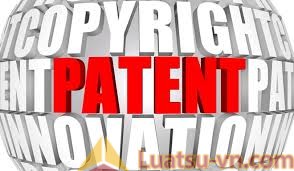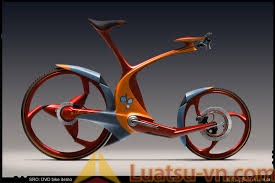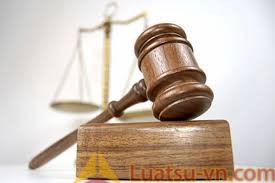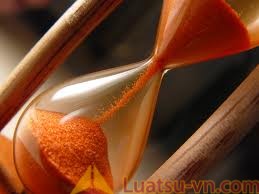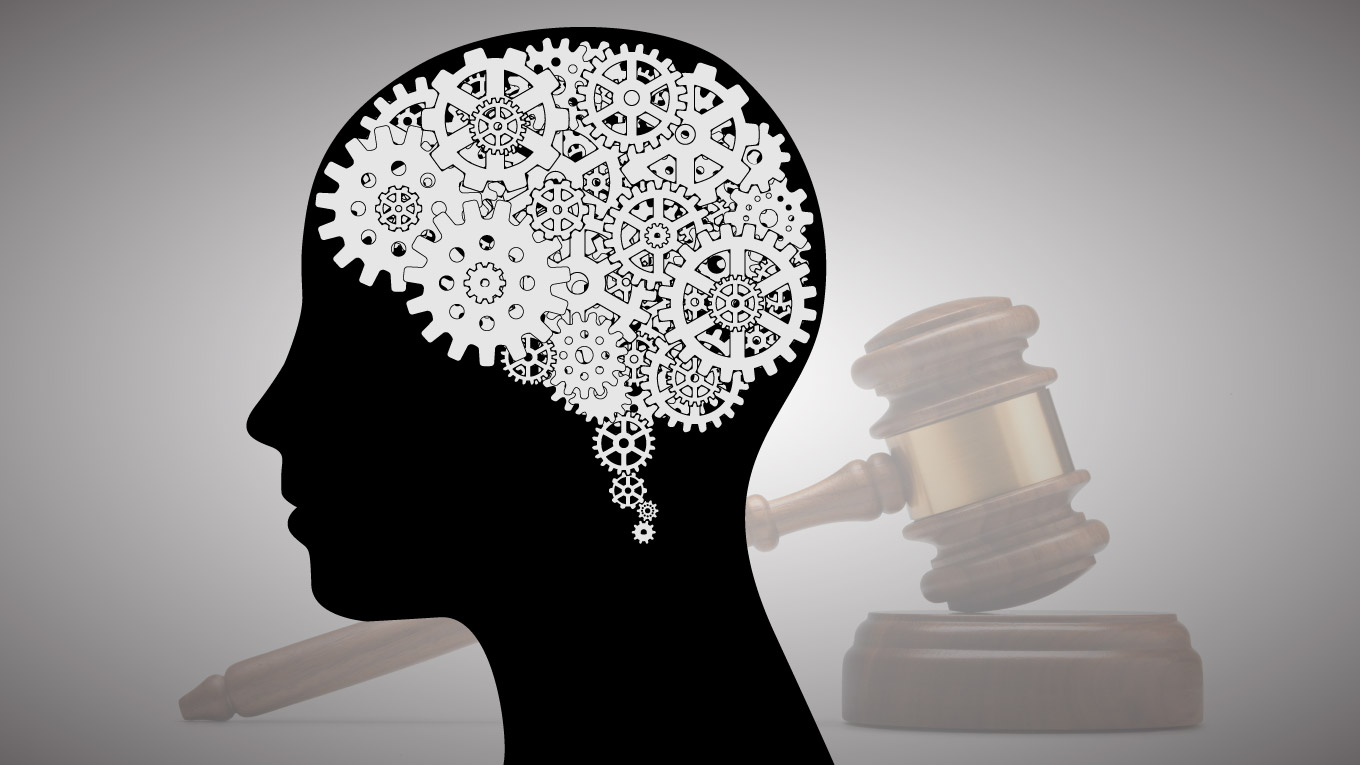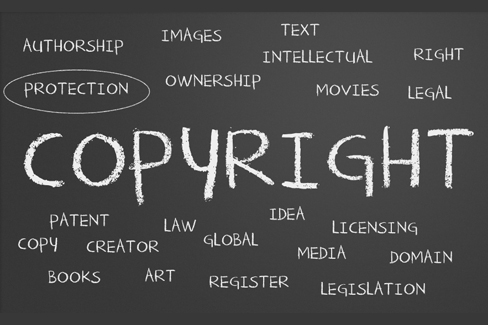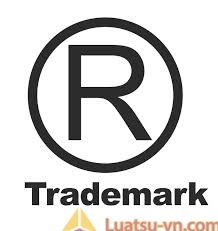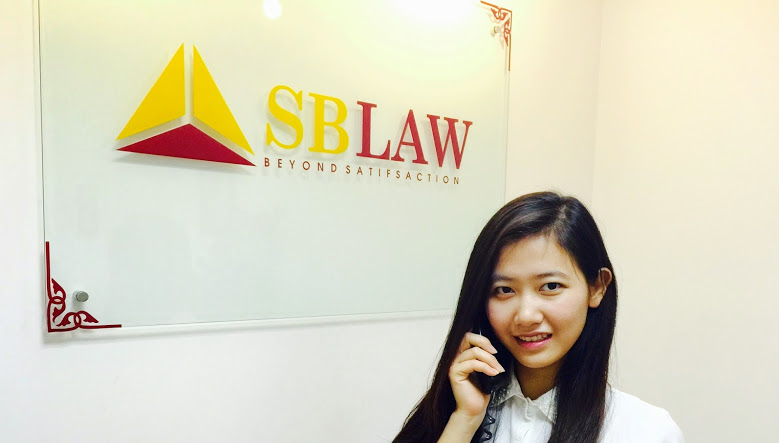– Appropriating copyright in a literary, artistic or scientific work.
– Impersonating an author.
– Publishing or distributing a work without permission from the author.
– Publishing or distributing a work of joint authors without permission from the co-authors.
– c, editing or distorting a work in any way which prejudices the honour and reputation of the author.
– Copying a work without permission from the author or copyright holder, except in the cases stipulated in sub-clauses (a) and (dd) of article 25.1 of Intellectual Property Law.
– Making a derivative work without permission from the author or copyright holder of the work used for making such derivative work, except in the case stipulated in sub-clause (i) of article 25.1 of Intellectual Property Law.
– Using a work without permission from the copyright holder and without paying royalties, remuneration or other material benefits in accordance with law, except in the cases stipulated in article 25.1 of Intellectual Property Law.
– Leasing out a work without paying royalties, remuneration or other material benefits to the author or copyright holder.
– Duplicating, producing copies of, distributing, displaying or communicating a work to the public via a communications network or digital means without permission from the copyright holder.
– Publishing a work without permission from the copyright holder.
– Deliberately destroying or de-activating the technical solutions applied by the copyright holder to protect copyright in his or her work.
– Deliberately deleting or modifying electronic information in a work regarding management of the rights to such work.
– Manufacturing, assembling, transforming, distributing, importing, exporting, selling or leasing out equipment when knowing, or having grounds to know, that such equipment may de-activate technical solutions applied by the copyright holder to protect copyright in his or her work.
– Making and selling a work with a forged signature of the author of such work. – Importing, exporting or distributing copies of a work without permission from the copyright holder.







